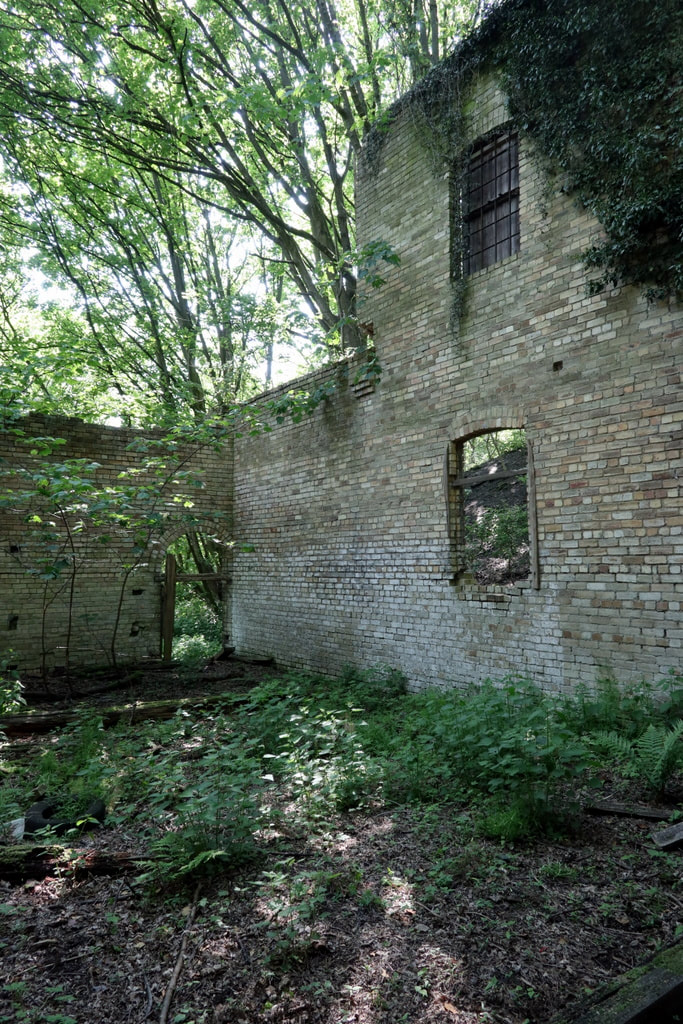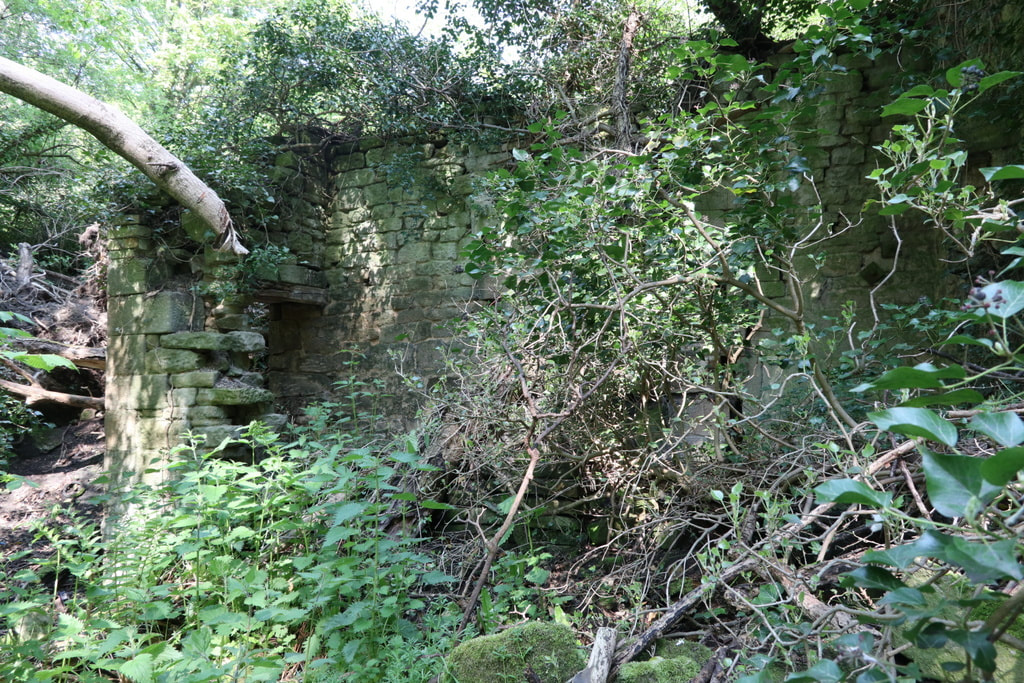| wylam_walk_on_viewranger.pdf |
|
A figure of eight, local history walk of 4.2 miles (6.7km) around the village of Wylam. You can view the walk on the ViewRanger web-site. A pdf of the walk with photos and other information can be downloaded below.
0 Comments
I have just received the following notification about the launch online of the Journal of William English. "I am writing to announce that the website and journal of William English, (www.williamenglish.net) a miner originally from the North East of England who through hard work became a mining engineer in the gold mines of South Africa, is now live. The website and journal covering the period 1875 to 1915 has been a project for William’s descendants, Hilary Norris and Larry Cunningham. William found his own first job as a trapper when he left school at thirteen but after a week, ‘I didn’t like the mine, and wanted to leave, but my father said I had looked for the job myself and would now stay there. Well that fixed my destiny, but I know I should never have been a miner’. William later followed in his father Henry’s footsteps and found work in the mines of South Africa. In 1899 he joined the Kaffrarian Rifles, fighting in the Boer War, and keeping a diary of each skirmish he took part in. It is possible the journal was begun around this time. William’s life wasn’t solely defined by his work as a mining engineer although he details the materials, costs and dangers involved. He had many other interests, cycling perhaps being his greatest passion. In transcribing William’s journal we have tracked the tragically short life of a self taught man in his own words. Additional material adds context and background information on the family. If you’d like to contact us please do so on [email protected] Larry Cunningham & Hilary Norris June 2021" The homepage of the website is here: https://williamenglish.net William English was born in Wylam in 1875 and died in 1915 at the Phthisis Sanatorium at Modderfontein, near Johannesburg in South Africa. His Journal probably written at a much later period of his life has been transcribed by his relatives and the website contains much more information about places and historical context. Some information about Isaac Jackson, his clocks and model steam locomotives can be found in the blog articles on this site. There is also information about the song, Canny Wylam.
Photos by A Curtis (May 2021) Link to 1:2500 georeferenced OS and LIDAR in Side by side view at National Library of Scotland. In LIDAR data, the digital surface model (DSM) represents the earth's surface and includes all objects on it. In contrast to a DSM, the digital terrain model (DTM) represents the bare ground surface without any objects like plants and buildings. The laser pulses from the tree canopy are effectively removed from the data allowing the model to see through the trees. Document about site history by Tyne Valley Gun ClubThe land which measures approximately 10 acres is contained wholly within the North Tyneside Green Belt and was formerly the Margaret Pit and Heddon Brick Works. It was active as a colliery and brick making works until 1947 when operations ceased.
Until 1949 the site was used as a printing works then for light engineering and thereafterwards for the storage of paper. In 1962 the then Minister of Housing and Local Government confirmed a Discontinuance Order requiring the use of the land for general industrial purposes to be discontinued and required all buildings and works on the land to be removed. Protracted negotiations took place regarding compensation payment, and in 1965 final settlement was agreed on the basis of a cleared site without industrial use but with the benefit of an alternative use as a single dwelling house. Since 1949 a series of applications were made for planning permission for various uses and details of these applications and their determination are as follows:
In September 1977, an application was received from the Tyne Valley Gun Club for the addition of two 25 metre pistol ranges. This application was considered by the Development Control Committee in October and approved subject to landscaping requirements, dates and times of shooting. Owner of adjoining property submitted technical details in respect of provision of earth ramparts in an effort to baffle sound from the ranges. The Club were prepared to implement these reccommendations in full and this was done. The application was further considered in January 1978 and deferred for a site visit to assess the problem of noise. On 2nd February approval was granted subject to revised shooting times. On 27th April 1978, because of continual complaints from adjoining owners and in an effort to establish better public relations a further revision of the shooting times was approved in order to increase the 'quiet period' until the second Sunday in September. An application by the Gun Club on 3rd July 1980 to extend shooting times into July was REFUSED. |
AuthorAndy Curtis Archives
April 2024
Categories
All
|
























 RSS Feed
RSS Feed
